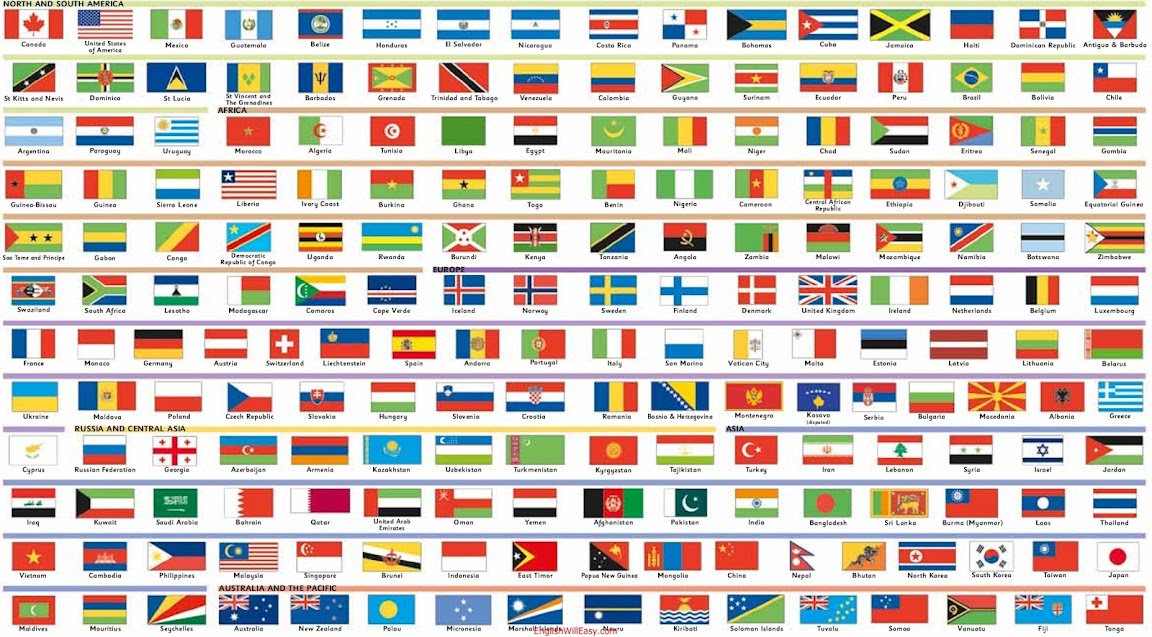

Ĭarlo Curti Gialdino (2005) has reconstructed the design process to the effect that Heitz's proposal contained varying numbers of stars, from which the version with twelve stars was chosen by the Committee of Ministers meeting at Deputy level in January 1955 as one out of two remaining candidate designs. He wanted to do national flags incorporating the Council of Europe flag. He wanted to do the European currencies with 15 stars in the corner. Arsène Heitz, who was an employee in the mail service, put in all sorts of proposals, including the 15-star design. I did, and I calculated the proportions to be used for the geometric design. To the question "Who really designed the flag?" Lévy replied: In an interview given 26 February 1998, Lévy denied not only awareness of the "Marian" connection, but also denied that the final design of a circle of twelve stars was Heitz's. Lévy, then Director of Information at the Council of Europe responsible for designing the flag, in a 1989 statement maintained that he had not been aware of any religious connotations. Heitz also made a connection to the date of the flag's adoption, 8 December 1955, coinciding with the Catholic Feast of the Immaculate Conception of the Blessed Virgin Mary.

He claimed that the circle of stars was based on the iconographic tradition of showing the Blessed Virgin Mary as the Woman of the Apocalypse, wearing a "crown of twelve stars". In 1987, following the adoption of the flag by the EC, Arsène Heitz (1908–1989), one of the designers who had submitted proposals for the flag's design, suggested a religious inspiration for it. Statue of the Blessed Virgin in Strasbourg Cathedral (1859) Arms of monk and priest Prosper Guéranger (1805–1875) Their number is invariably twelve, the figure twelve being the symbol of perfection and entirety. The Council of Europe gave the flag a symbolic description in the following terms, though the official symbolic description adopted by the EU omits the reference to the "Western world": Īgainst the blue sky of the Western world, the stars symbolise the peoples of Europe in a form of a circle, a sign of union. Originally designed in 1955 for the Council of Europe, the flag was adopted by the European Communities, the predecessors of the present European Union, in 1986. The flag used is the Flag of Europe, which consists of a circle of twelve golden stars on a blue background. The blazon given by the EU in 1996 describe the design as: "On an azure field a circle of twelve golden mullets, their points not touching." Symbolism The flag is used by other European entities, such as unified sport teams under the rubric Team Europe. 5224) their attachment to the flag as an EU symbol.
#GREEN YELLOW RED FLAG WITH BLUE CIRCLE AND STAR PLUS#
On the other hand, 16 EU members that year, plus France in 2017, have officially affirmed (by Declaration No. Mention of the flag was removed in 2007 from the text of the Treaty of Lisbon, which was ratified. Its adoption as an official symbol was planned as part of the 2004 European Constitution but this failed to be ratified. Nevertheless the flag has to date received no status in any of the EU's treaties. Official EU use widened greatly in the 1990s. Adoption by the EU, or EC as it then was, reflected long-standing CoE desire to see the flag used by other European organisations. Since 1985, the flag has also been a symbol of the European Union (EU), whose 27 member states are all also CoE members, although in that year the EU had not yet assumed its present name or constitutional form (which came in steps in 19). It was designed and adopted in 1955 by the Council of Europe (CoE) as a symbol for the whole of Europe. The Flag of Europe or European Flag consists of twelve golden stars forming a circle on a blue field.

Council flag representing the Council of Europe (46 members)Ī circle of twelve five-pointed yellow stars on a blue field.Ĭollaborative effort involving various people, including Arsène Heitz and Paul M.Union flag representing the EU (27 members).For a gallery of flags of countries in Europe, see Flags of Europe.


 0 kommentar(er)
0 kommentar(er)
